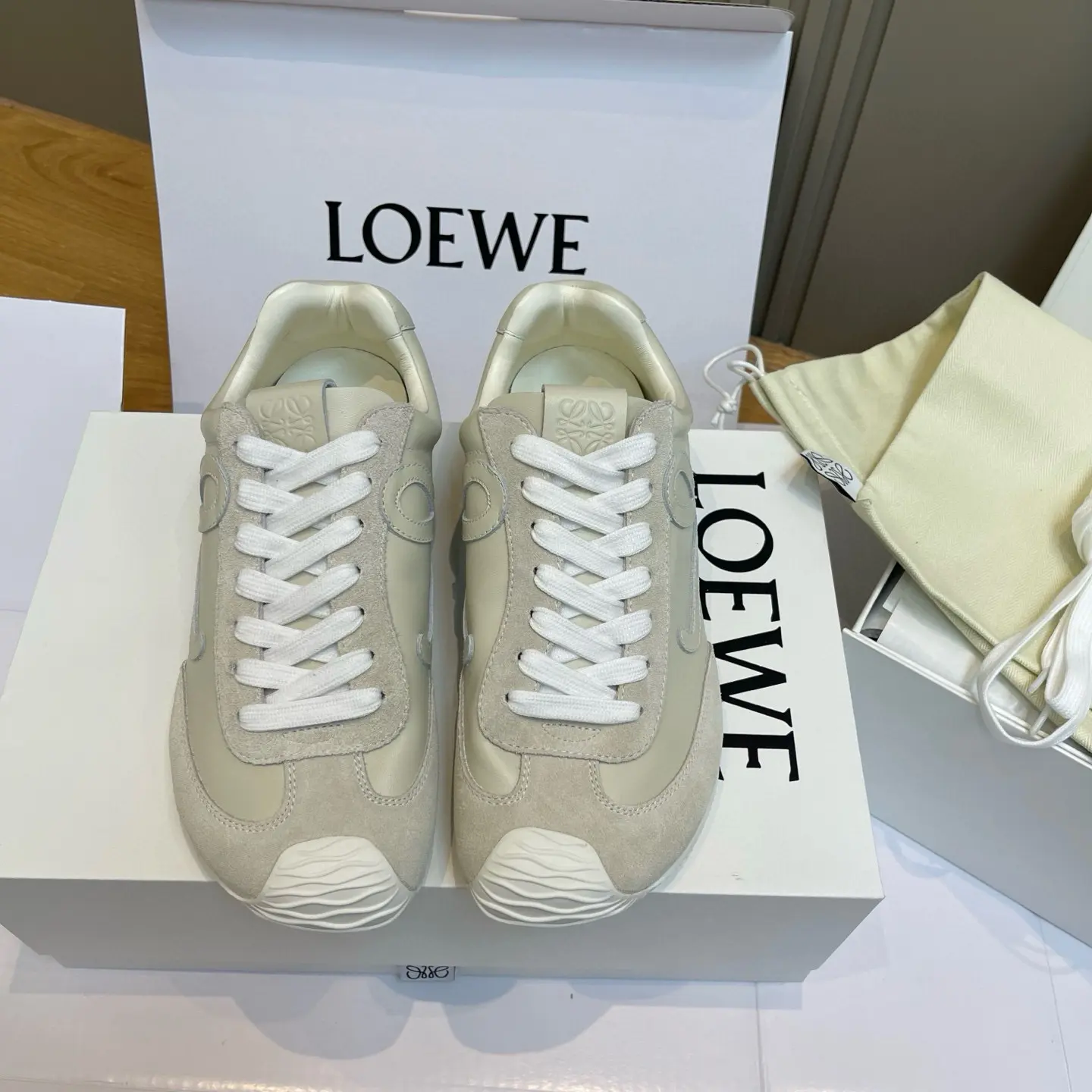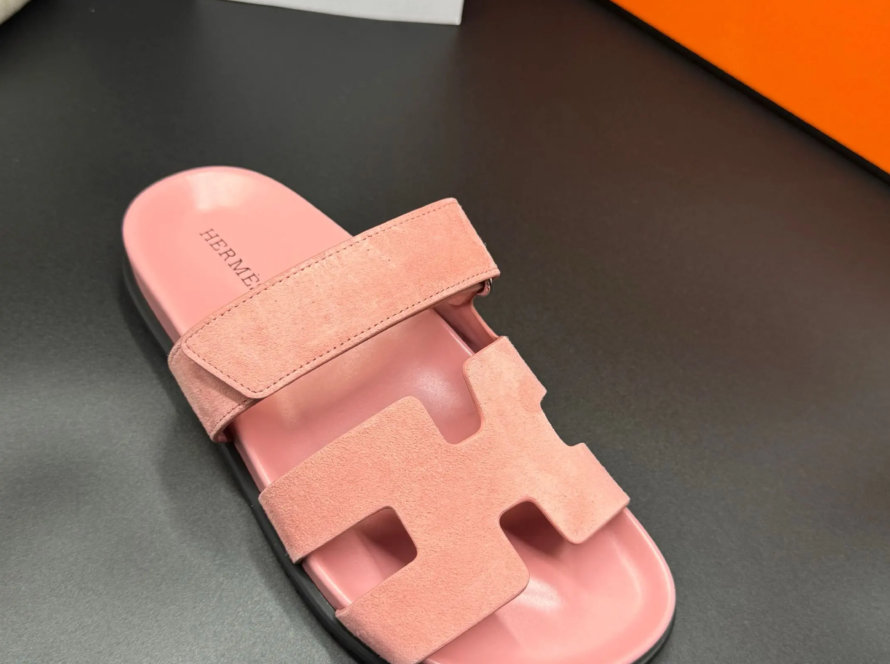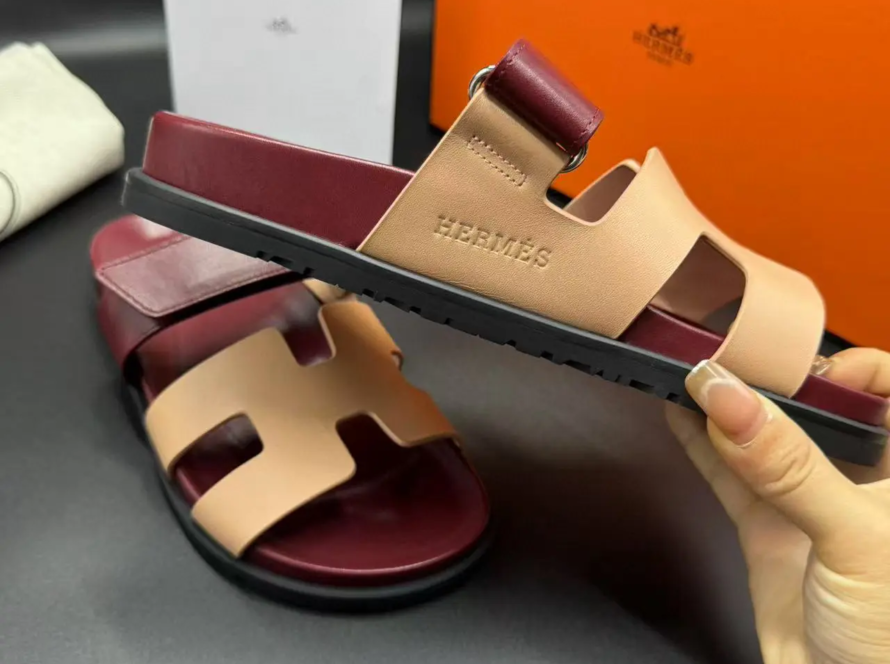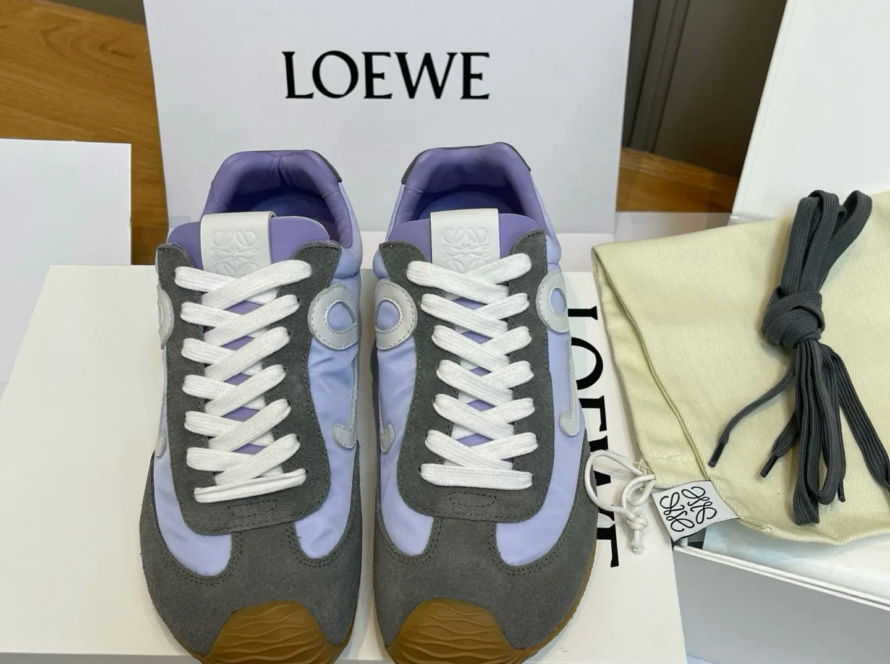
Timeless elegance from a conservative shoe brand: a taste guide
In a world dominated by fleeting trends and throwaway fashions, a quiet revolution is taking place among luxury footwear enthusiasts: a return to conservatism. Not an ideology, but a design philosophy – a celebration of traditional craftsmanship, timeless silhouettes and uncompromising quality. For affluent consumers and collectors who view shoes as heirlooms rather than accessories, conservative shoe brands represent the pinnacle of apparel investment. These brands eschew seasonal gimmicks for timeless elegance, with every stitch telling a story of savoir-faire passed down from generation to generation.
What defines a conservative shoe?
Conservative footwear is characterized by understated sophistication, balancing tradition with subtle modernity. Flags include:
- Classic silhouette: Oxfords, Derbys, Loafers, Chelseas and Monks all feature proportional lasts (no exaggeration whatsoever).
- Refining materials: Premium full-grain calfskin, cordovan or exotic leathers from reputable tanneries like Horween in Chicago, or box calfskins from Maison Du Puy in France.
- Historic buildings: Goodyear welted, handmade durable and hand painted edges for long life and repairability.
- Discreet details: Minimal branding, restrained brogue and muted color palette (maroon, mahogany, black).
These elements create a shoe that ages gracefully, developing a patina that tells the story of its journey—a stark contrast to mass-produced alternatives.
Pantheon of Craftsmanship: Famous Conservative Shoe Brand
1. John Lobb (built 1866) – Custom Benchmark
John Lobb has been Royal Warranted since 1901 and remains the gold standard in bespoke shoemaking. Each pair of shoes involves more than 200 manual steps, from carving the wooden last to the customer’s unique foot anatomy to hand-sewing the sole, requiring more than 20 hours of labor. their ready-to-wear "Paris" The range retains this spirit, offering semi-custom adjustments for the discerning buyer. Main styles: William II Oxford, Lopez Two Monks.
2. Edward Green (1890) – Master of Patina Art
Edward Green’s Northampton craftsmen used products such as "antique finish," Create rich tonal variations. Their 202 lasts—elegantly elongated yet balanced—are a masterclass in proportion. Main styles: Dover Derby, Piccadilly loafers.
3. Crockett & Jones (founded 1879) – Industrial Craftsmen
While utilizing machinery to increase efficiency, Crockett & Jones maintains a tradition of hand finishing at its Northampton factory. their "Handmade grade" The collection features a closed-circuit sole and fiddle-waist design—a convex sole edge that reduces weight while enhancing aesthetics. Main styles: Pembroke Derby Shoes, Harvard Tassel Loafers.
4. Alden of New England (built 1884) – American cordovan connoisseurs
Alden’s Shell Cordovan models (which use leather from Chicago’s Horween Tannery) are beloved by collectors and have acquired a legendary glass-like luster over the decades. Their Modified Last last, developed in the 1940s for orthopedic support, combines comfort with understated elegance. Main styles: Tanker boots, LHS Penny loafers.
5. Gaziano & Girling (2006) – New Guard Innovators
G&G is redefining modern classicism with architectural lasts like the soft-square TG73 and sloping construction, proving that conservatism doesn’t have to stand still. Their bespoke service offers exotic materials such as hippopotamus hide or stingray. Main styles: Sina Tradco Oxford, Burnham Adelaide.
Beyond Aesthetics: Functional Virtues
Conservative shoes designed for endurance:
- Rearrangeability: The Goodyear welt structure can be reused 5-7 times, extending the service life to more than 25 years.
- Anatomical integrity: Proper arch support and rolled soles promote healthy feet, hallmarks of brands like Vass (Hungary) or Santoni (Italy).
- Climate adaptability: Brands such as George Cleverley Available in a Scottish grain leather option, it’s weather-resistant without sacrificing sophistication.
Conclusion: Enduring Quiet Power
Conservative shoe brands don’t shout; they whisper. They refuse to go out of style, instead offering durability, comfort, and quiet compactness. For luxury collectors, these shoes are not just a purchase, but an adoption. Every wear and crease becomes a personal signature, transforming anonymous craftsmanship into the wearer’s unique narrative. In a culture increasingly defined by haste and waste, investing in conservative shoes is an act of rebellion: a declaration that true style is timeless and true luxury is measured in decades, not likes.
Frequently Asked Questions (FAQ)
Q1: Are conservative shoes suitable for casual wear?
Absolutely. Loafers (such as Alden’s Unlined LHS), suede derbies or polo boots blend formal and casual. Wear it with tailored jeans or unstructured linen for a modern elegance.
Q2: How to maintain luxury leather shoes?
- frequency: Condition with a pH-neutral cream (such as Saphir Médaille d’Or) every 3-6 months.
- Storage: Use cedar shoe trees to absorb moisture; rotate between two to allow for 24 hours of rest.
- Weatherproof: Apply waterproof wax sparingly to the welt, avoiding the upper to maintain breathability.
Question 3: Why are the high costs of brands like John Lobb justified?
Custom-made shoes require more than 30 hours of labor, a custom last (which only costs $1,500 to $3,000), and materials (such as high-quality cordovan leather) that can cost up to $400 per pair. At scale, the RTW production line subsidizes these manual processes.
Q4: Can women invest in conservative shoe brands?
Yes. Brands such as Kamina (Spain) offers the same last technology for women’s shoes (e.g., Detroit-lasted oxfords), while Emiko Matsuda Blending Japanese minimalism with British technology.
Q5: How to identify construction quality?
- Sole flexibility: Flex the shoe; it should only flex at the ball, not the arch.
- Stitch density: 8-12 stitches per inch indicates handcrafting; irregular “imperfections” attest to human craftsmanship.
- liner: Full-grain leather lining prevents wrinkling and enhances breathability compared to synthetic alternatives.
Question 6: Are rare leathers ethically sourced?
Top Homes uses CITES certified suppliers. Crocodile/alligator farms maintain wild populations; avoid contact with endangered species (e.g. lizards). Traceability is key – ask the brand directly.
Q7: What is the running-in period?
High-quality leather conforms to your foot after 5-10 wears. With customization, there is little discomfort as the last reflects the contours of your foot.
In the world of conservative shoes, patience pays off—every step you take, you’re following in the footsteps of a master.




